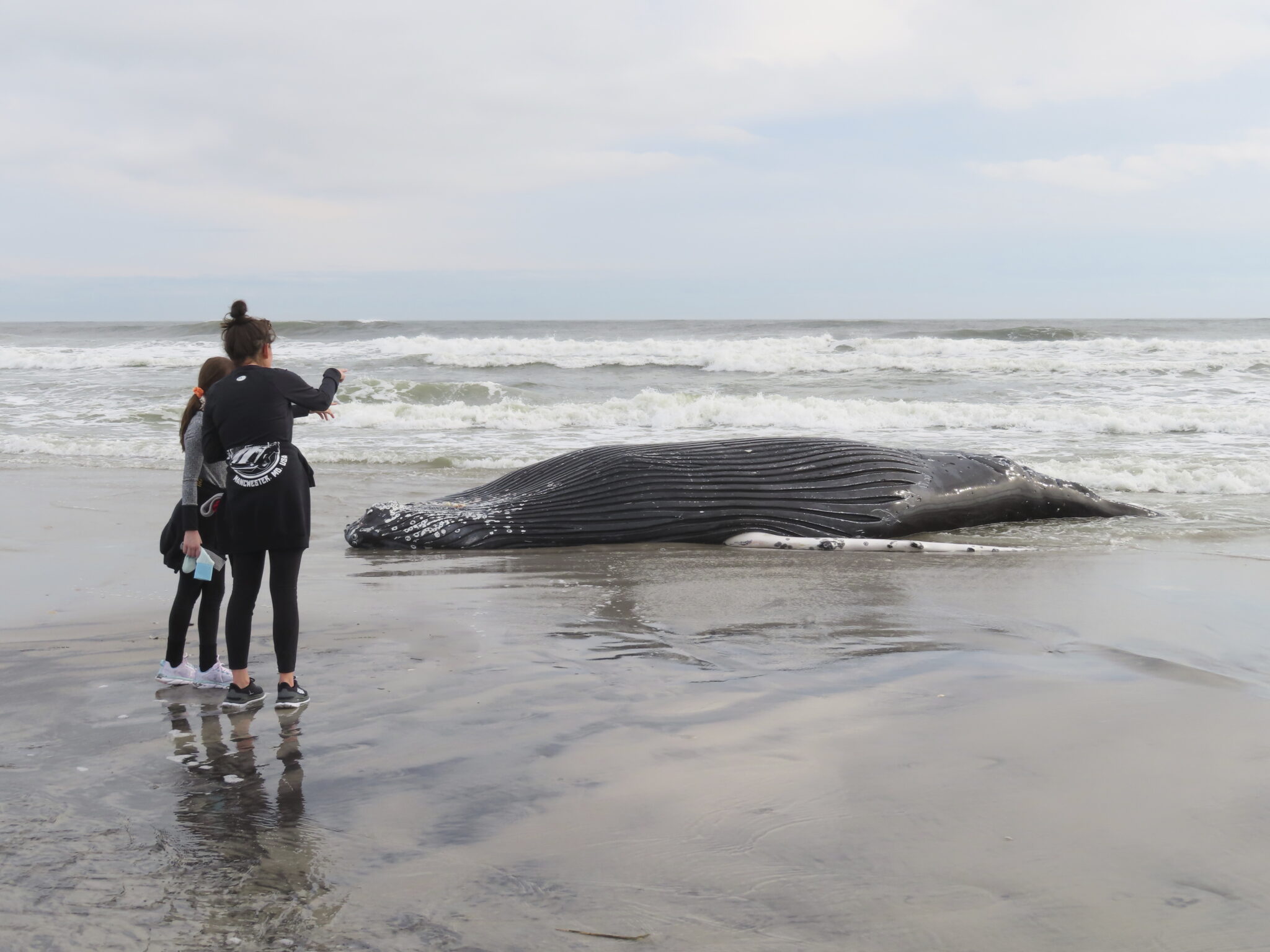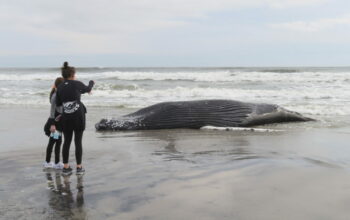A concerning discovery has emerged off the coast of Los Angeles, where thousands of decaying barrels strewn across the seafloor may harbor radioactive waste, suggests a recent study.
Initially presumed to contain the hazardous pesticide Dichlorodiphenyltrichloroethane (DDT), the barrels are now suspected of holding tritium and carbon-1, as per a study released Wednesday in Environmental Science & Technology. David Valentine, lead researcher at UC Santa Barbara, expressed alarm at the potential presence of low-level radioactive waste alongside DDT compounds, emphasizing the gravity of the situation.
“This is a classic situation of bad versus worse. It’s bad we have potential low-level radioactive waste just sitting there on the seafloor. It’s worse that we have DDT compounds spread across a wide area of the seafloor at concerning concentrations,” Valentine conveyed to the Los Angeles Times. “The question we grapple with now is how bad and how much worse.”
Historically, it was commonplace for hospitals, laboratories, and industrial facilities to dispose of barrels containing toxic chemicals and radioactive materials into the ocean, dating back to the 1940s. While companies were required to obtain permits for such disposal, they were restricted to designated areas, typically located at least 150 miles offshore.
The precise count of barrels leaking radioactive substances remains unknown. However, an International Atomic Energy Agency map indicated that between 1945 and 1970, “more than 56,000 barrels of radioactive waste had been dumped into the Pacific Ocean on the U.S. side.”
While certain isotopes, like tritium, would have undergone decay over the ensuing decades, scientists remain uncertain about the presence of other potentially hazardous materials clandestinely disposed of alongside them.

















